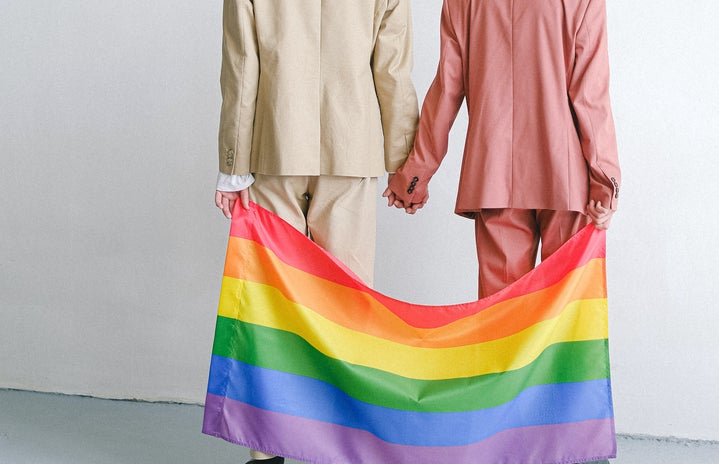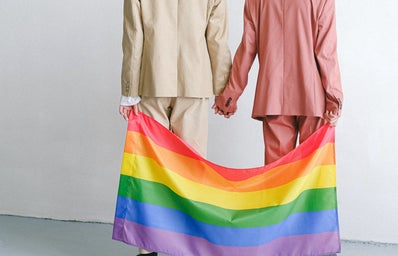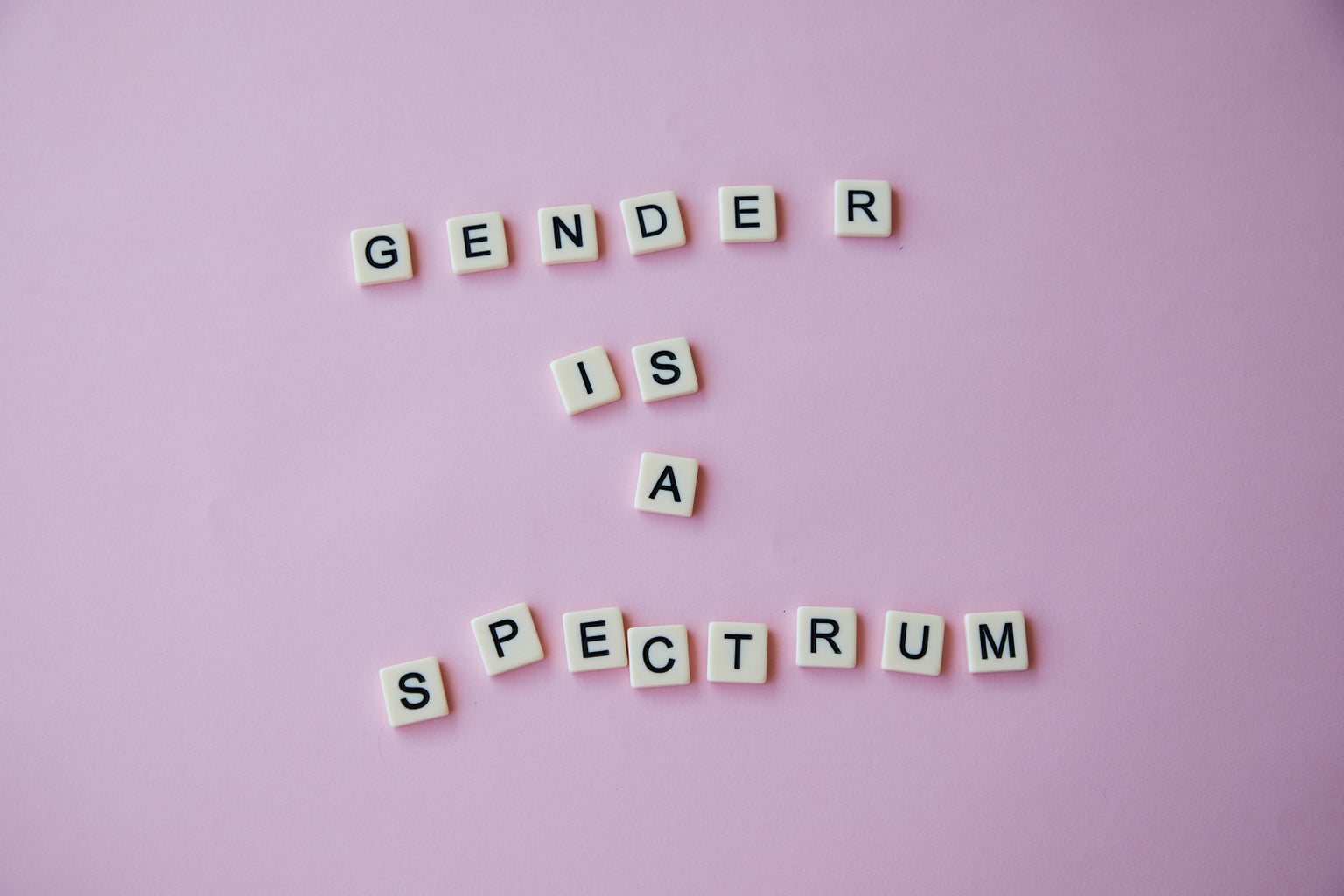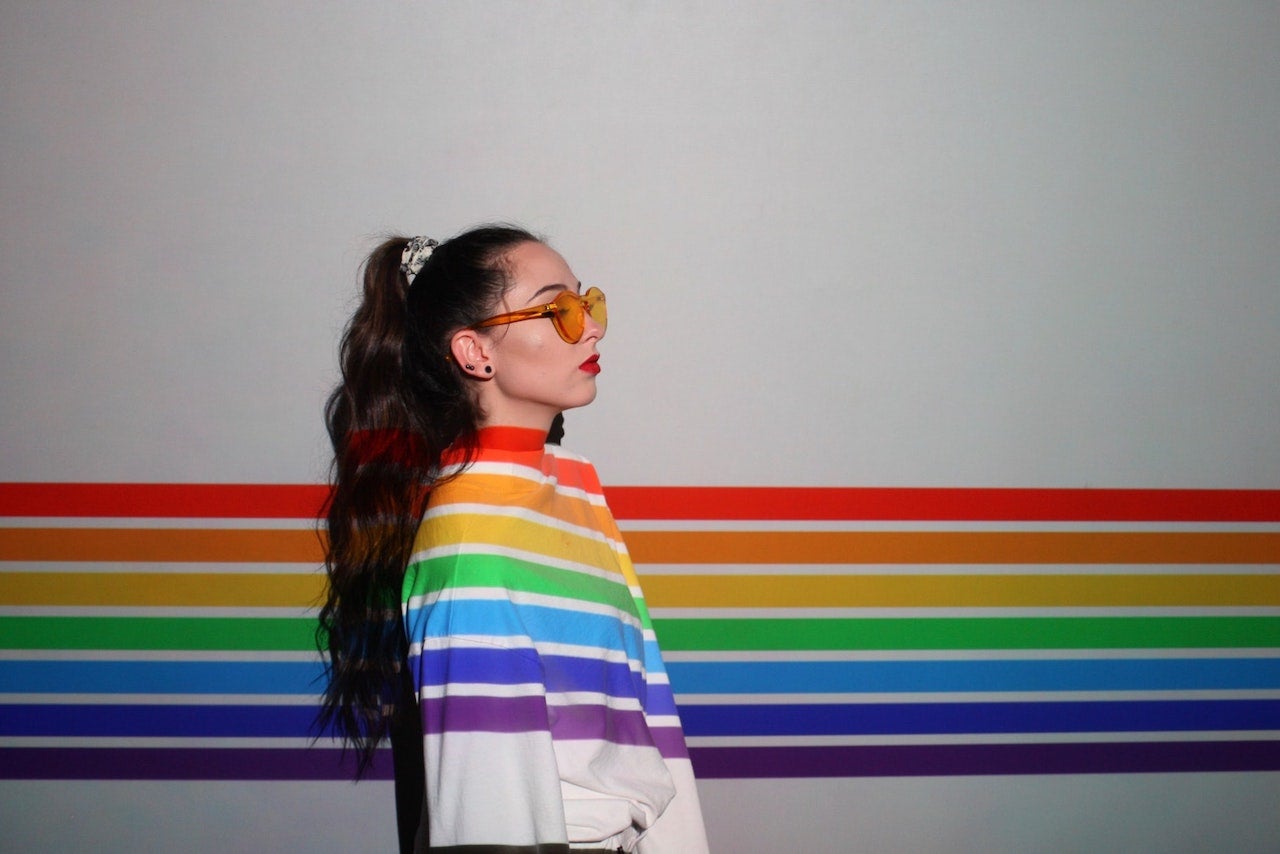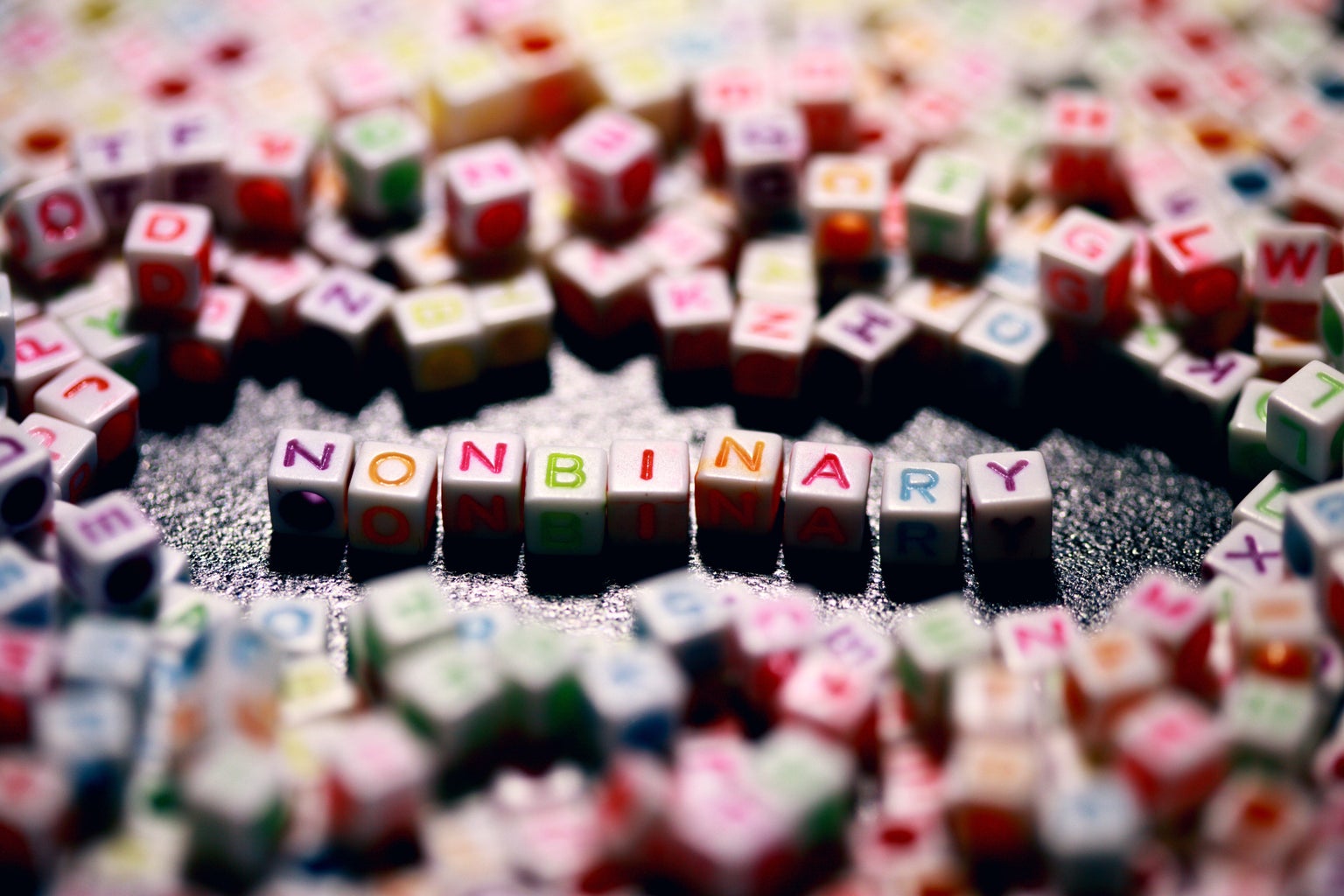According to the Point Foundation (an LGBTQ Institution offering resources and scholarships funds to Queer youth), the first known example of Non-Binary and/or Transgender representation was in the 1620s in the Virginia colony. However, an identity outside one’s assigned gender role was not documented until 1910, when “German sexologist Dr. Magnus Hirschfeld coined the term “transvestite”, a now insensitive and outdated term. Following the coinage of “transvestite”, a more current and expansive term “genderqueer” was coined in 1993 by The Transexual Menace, a New York City Transgender rights activist organization. It is important to note that while Queer identities were not identified until the 1910s in Europe and later redefined in 1993 in the States, genderqueer identities have existed for centuries in Native American tribes and South Asia. In Native American tribes, like the Navajo, Two-Spirits are people who occupy a unique gender identity that is neither a man or a woman, but somewhere in between. Additionally Hijras, originating in South Asia and specifically India, are those who identify with multiple gender expressions which expand beyond male and female. Thus, Non-Binary is another term for similarly identifying people who align with a gender identity that is not fixed to male or female and is instead dynamic.
A more specific definition of gender identity comes from the Grand Rapids Pride Center, which offers resources, information, and support to the Queer community, defining gender identity as “a gendered sense of self as a man or woman, another gender entirely, or no gender at all”. This means that gender identity is diverse and fluid, including people who identify as Non-Binary, Genderqueer, Genderfluid, and/or Agender. So while Two-Spirits and Hijras don’t necessarily have a pride flag, Non-Binary individuals have created a flag representative of their dynamic and beautiful identities.
Some of you may have also heard the term “Enby” at some point in time. Enby is another term representative of the Non-Binary community and many Non-Binary or Genderqueer individuals may refer to themselves as such. Enby is a term designated to represent those who identify with a gender identity that is not “exclusively male or female”. The Non-Binary flag is unique from the Genderqueer flag but they are meant to be flown side by side, kind of like how our eyebrows are siblings rather than twins.
The Non-Binary flag is bold and consists of four colored stripes stacked upon one another. The flag goes from yellow at the top to white, purple, and lastly black. So what do these colors represent? Why are they meaningful to the Non-Binary community specifically? First, I’ll explain the Genderqueer flag so we can highlight their distinctions.
The Genderqueer flag and identity are considered to be more general, acting as an umbrella term for many other gender identities outside the gender binary of male or female. The flag is lavender, white, and green. Lavender, which is a mix of pink and blue, is used to express androgyny—as it is the result of mixing the colors used to signify men and women. White is used to represent agender or gender- neutral individuals. Finally green, or more specifically, chartreuse, is used to represent individuals outside the gender binary and those who identify as the “third gender”. The third gender is another term used to refer to Indigenous and Non-Western cultural gender identities, such as Hijra and Two-Spirit.
So now that we have an understanding of the identities represented within the Genderqueer flag, what distinctions arise within the Non-Binary flag? The Non-Binary flag begins with a bright yellow, representing individuals whose gender does not exist within the binary ideology. The white banner then represents all genders and many various genders, an expansion of the white banner included in the Genderqueer flag. The deep purple banner, which lies under the white banner, stands for genders that are a mix between male and female—similar to the lavender banner of the Genderqueer flag. Finally, black represents those who identify without a gender, replacing the white banner in the Genderqueer flag.
The reason these flags are distinguished from one another is that the Non-Binary creator of the flag and fellow Non-Binary individuals felt it was more encapsulating to their identity specifically. If you’ve been battling between which flag feels more in tune with your gender identity, what helped me decide was which flag caught my eye more! If you feel drawn to a certain flag it’s worth a bit of investigation to see if it’s not just the colors calling to you but also the beautiful identities they represent!
If you’re interested in purchasing your own pride flag, including ones outside of what I’ve discussed today, feel free to check out Pride Palace (currently offering free pride flags)! I purchased mine from them several years ago and it has traveled with me across the country, holding up beautifully. May you fly your flag high and with PRIDE!
